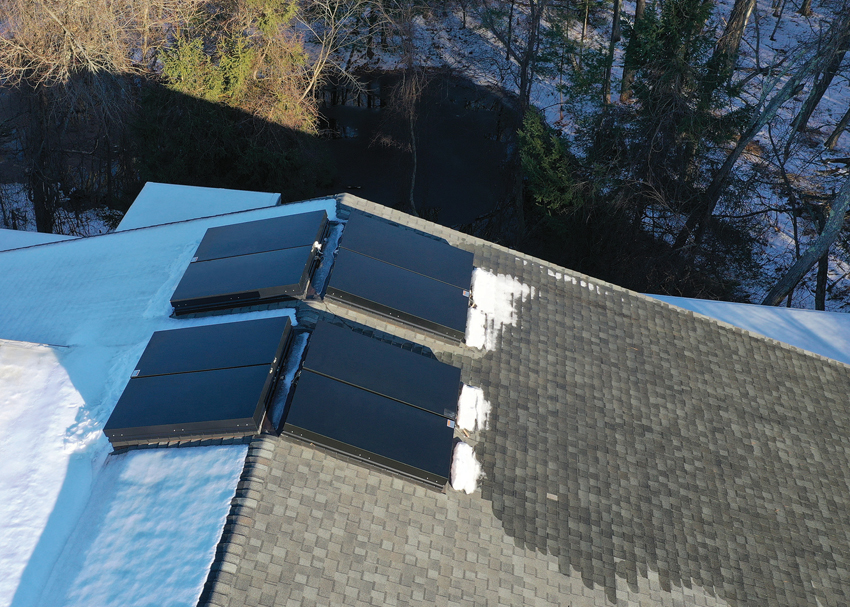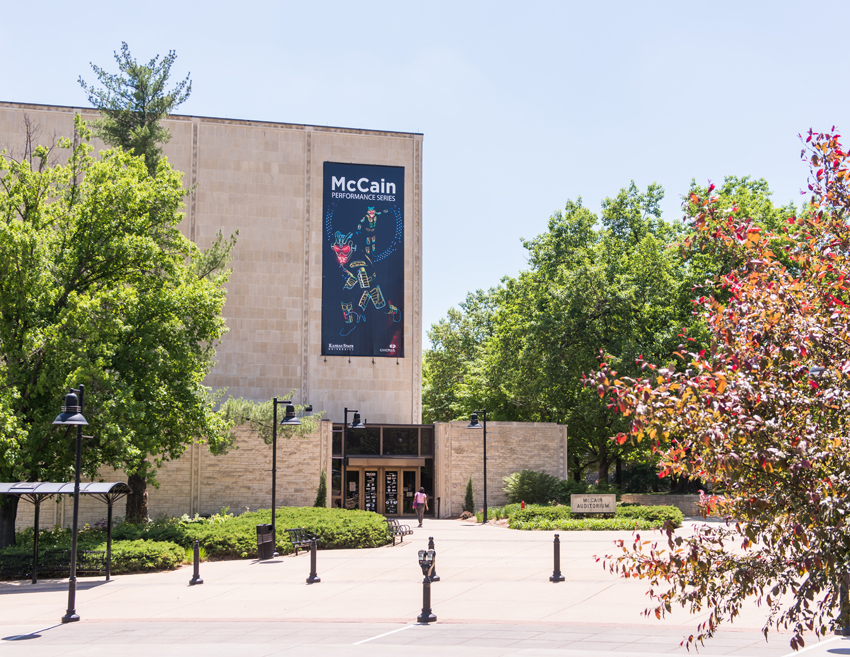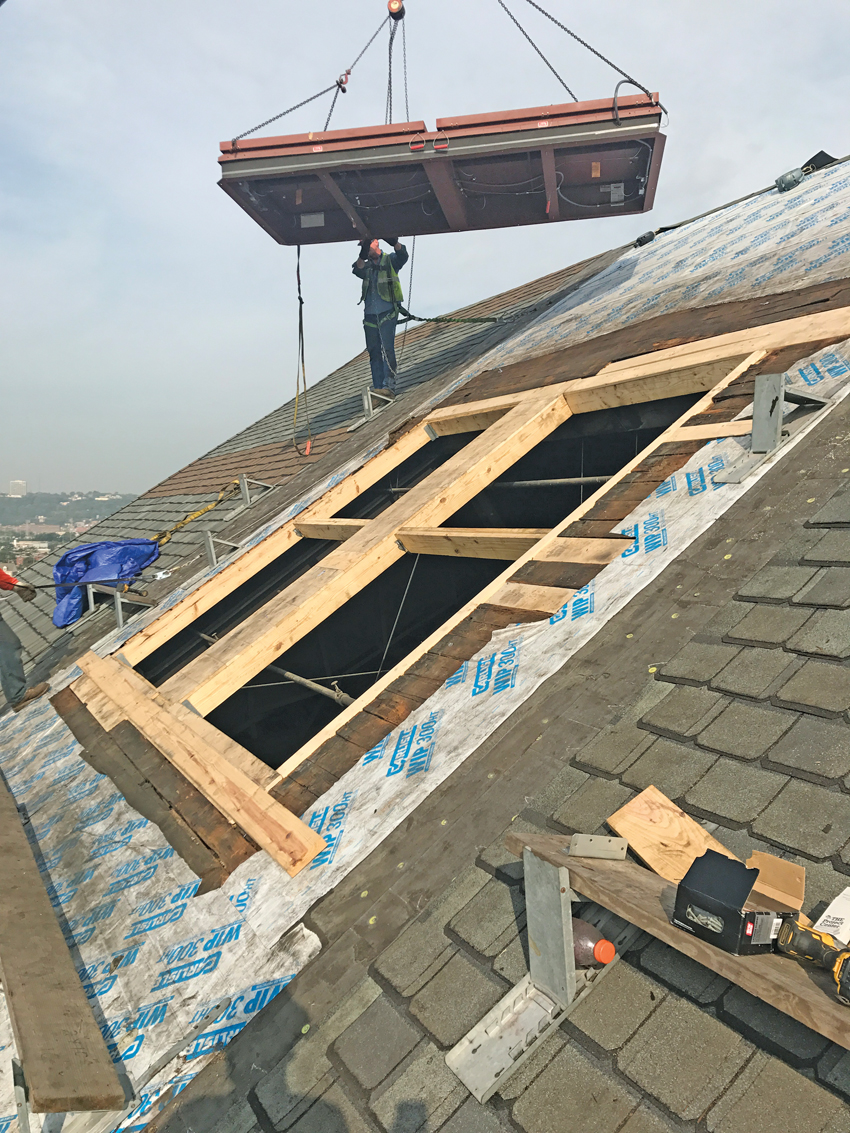Designing Roofs for Life Safety and Sound Isolation
Noise-Control Metrics
“Noise goes both ways,” says Albert Maniscalco, a partner with Cerami and Associates in New York City, a team of acoustical, audiovisual, and design consultants. “Sound can come in and go out. How that facade performs with noise coming in or going out is important to know.”

Sound-rated smoke vents have achieved industry-high sound ratings of STC 50 and OITC 46.
There are three metrics used to rate how a construction material or assembly manages sound. They are the STC rating, the OITC rating, and the lesser known ISO-140-18 rating.
STC Rating
Sound transmission class, or STC, measures the soundproofing effectiveness of a material or assembly. More specifically, the metric measures how well a solution prevents sound between the frequencies of 125–4000 Hz from transferring from one area to another. It is most applicable for interior areas filled with middle- to high-frequency noises such as conversation, television, telephones ringing, and office equipment.
Ceilings, floors, doors, windows, interior partitions, and exterior wall assemblies can earn STC ratings. A higher STC rating indicates that the material or assembly is better at stopping sound in the 125–4000 Hz range from trespassing through it. A low STC rating, 20–25, indicates that loud speech generated in one area can be heard in another. A product with a higher STC rating, 50–60, is better at isolating sound, which means that loud speech produced in one area will be barely heard on the other side of the solution, if at all. For comparison purposes, a single pane of glass typically has an STC rating of 27, and a soundproof window over a dual-pane window can achieve an STC rating of 48. A standard wall construction has an STC rating of 50.
One notable weakness of the STC rating is that it does not consider frequencies below 125 Hz. These low-frequency bass sounds include sounds produced by automobiles, trains, and airplanes, which are often responsible for the noise that can transmit through the exterior structure of a building and create unwanted distractions inside a building.
OITC Rating
The outdoor-indoor transmission class (OITC) sound rating rates the transmission of sound between outdoor and indoor spaces. Developed in 1990, this metric is often used to measure the transmission of sounds that fall within the range of 80–4000 Hz. This low-end scale allows the OITC metric to be used to evaluate how well a building facade blocks the problematic, lower-frequency sounds from automotive traffic, construction, and low-flying airplanes. Like STC, OITC is determined by the sound intensity (measured in decibels) that is lost when a sound travels through a barrier. The higher the OITC rating, the better the noise-buffering performance of the material or assembly.

When designing a building envelope to manage low-frequency noise sources—aircraft, traffic, or large rooftop equipment—look for products with a high OITC rating.
ISO-140-18:2006 Rating
Rainfall is another source of noise that the building envelope must be equipped to manage in certain sound-sensitive applications. Imaging the severity of the sound generated by heavy rains falling on a metal roof. Even moderate rainfall can produce sound that measures in at 50 dB.
"ISO 140-18:2006 Acoustics – Measurement of sound insulation in buildings and of building elements – Part 18: Laboratory measurement of sound generated by rainfall on building elements" is the laboratory method for measuring how successfully roofs, roof/ceiling systems, and skylights can isolate the impact sound when “excited by artificial rainfall.”
Products and assemblies tested in accordance with ISO 140-18:2006 will receive an ISO-140-18 sound rating that describes how well the solution attenuates the sound produced by a rainstorm.
Which Metric Makes the Most Sense?
While it is great to have several options for discerning the sound management performance of an assembly or material, ultimately, architects and specifiers are left wondering, “Which metric makes the most sense for the material or assembly that I am specifying? Which one should I use?”
Traditionally, the STC sound rating has been around the longest and is generally referenced when selecting building products; however, the OITC rating is more applicable for facade or roof-mounted building products, as it more accurately addresses the low frequencies of outside noise. Architects and specifiers should look for a high OITC rating when specifying smoke vents for an application where outside building noise is a concern.
According to Merck, “OITC is the preferred rating when addressing sound insulation from exterior noise—especially when transportation noise sources are impacting a building facade with significant low-frequency sound. While STC ratings may be fine for typical interior noise sources such as voices, STC does not adequately address the extended low-frequency noise contribution of aircraft, traffic, or even large rooftop equipment. Windows with an excellent STC rating, for example, may have the same OITC rating as windows with a lesser STC rating. Without a high OITC rating, low-frequency environmental sounds can be intrusive. The OITC rating better addresses low-frequency noise impacts and is the more applicable sound rating for assessing how well a window or a roof-mounted automatic smoke vent will isolate environmental noise.”
Which OITC Level Do I Need?
After determining which sound-isolating metric should be used, invariably the next question often is, “How much sound isolation is necessary? Which OITC value will provide the level of sound isolation needed in the space?”

With an OITC value of 46, there are sound-rated smoke vents that isolate sound as effectively as the larger roof structure into which they are installed.
In the case of selecting a sound-rated smoke vent for a performing arts space, the goal is to select a product that is as good as the surrounding roof structure, so that the smoke vent does not compromise the ability of the larger surface to successfully isolate those aggravating environmental sounds. “An OITC value of 46 is pretty substantial,” Merck says. “It is better than a lot of roof systems, especially a metal roof deck. In fact, the typical 6-inch-thick concrete slab that is normal weight has an STC rating of 53 and an OITC value of 46, which means that an acoustic smoke vent with an OITC rating of 46 will provide the same level of sound-isolating performance as the larger structure. This means that a concrete roof deck can be designed to include openings for automatic smoke vents without reducing the overall sound-managing capabilities of the structure. Architects and specifiers will just need to find smoke vents that have achieved a high enough sound-isolation rating to ensure that the integrity of the larger structure is maintained.”
“When it comes to the protection against exterior noise intrusion that can be offered by automatic smoke vents, there are solutions on the market that have earned an OITC rating of 46 and an STC rating of 50,” says Mike Toohey, general manager for The BILCO Company. “These acoustical smoke vents effectively block the lower-frequency sounds generated by traffic, construction, and airplanes, while remaining a reliable life and safety product that protects people and property in the event of a fire.”










